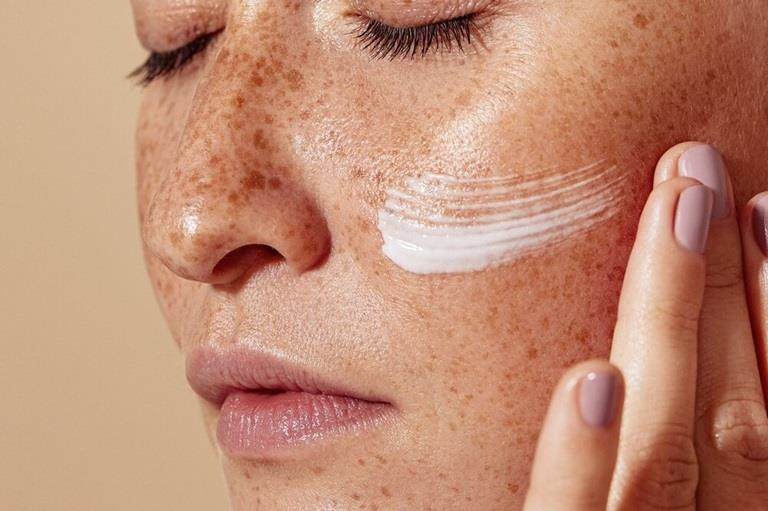How peptides are shaping the US cosmetics industry

What are peptides and why do they matter?
The market momentum
1. Rising skin care awareness and an ageing population: More consumers are seeking peptide-based products for slow-ageing, barrier repair, and overall skin health, with demand accelerating as the senior population of older people grows.
Current peptide trends
Lip care
Body and skin care
1. Efficacy: Consumers now expect more than appealing textures, they want clinical proof. According to Mintel and Kantar, 77% of skin care shoppers look for products backed by efficacy data.
2. Innovation: The skinification of body care is in full effect, as well as cross-category multi-purpose products. Consumers expect more of their body care products and actively search out familiar skin care hero ingredients.
3. Rapid growth: The category is thriving, with the body care market projected to grow 5.23% CAGR, and body lotions leading at 11.7%, outpacing facial skin care.
In short, efficacy, innovation, and rapid growth are transforming body care into a key beauty driver.
Life stages
1. Gen Z: Gen Z is the social media generation, constantly on the search for perfect, glowy, and uniform skin without needing a filter. Peptides help Gen Z achieve their Instragram-ready looks.
2. Adults 25–44: With more and more access to the more technical aspects of skin care, these consumers are armed with knowledge and feel comfortable using biomimetic ingredients like peptides.
3. Menopause: This fast-growing segment is exceeding $6 billion in North America and expanding nearly 5% annually. Consumers seek proven efficacy, and retailers now feature dedicated menopause sections where many peptide-based products are displayed due to their proven efficacy for firming and elasticity.
From breakout-prone Gen Z to midlife maintenance and menopausal care, peptides deliver targeted, science-backed solutions for every stage of skin health.
A legacy of innovation at Croda Beauty
From the first-generation peptides to today’s biotechnologic and carrier system advancements, peptide technology has come a long way. Croda Beauty has been at the forefront of this evolution, pioneering the iconic Matrixyl® range—a line celebrated for its anti-ageing, firming, and skin-enhancing properties backed by extensive clinical studies.
Want to learn more? Hear from peptides experts within Croda Beauty in the latest Masterclass: How peptides are shaping cosmetics.
Sources: Future Market Insights, Mintel, Allure, Cosmetic Design, Cosmopolitan, GCI, Circana, Market Insights, Grandview Research
